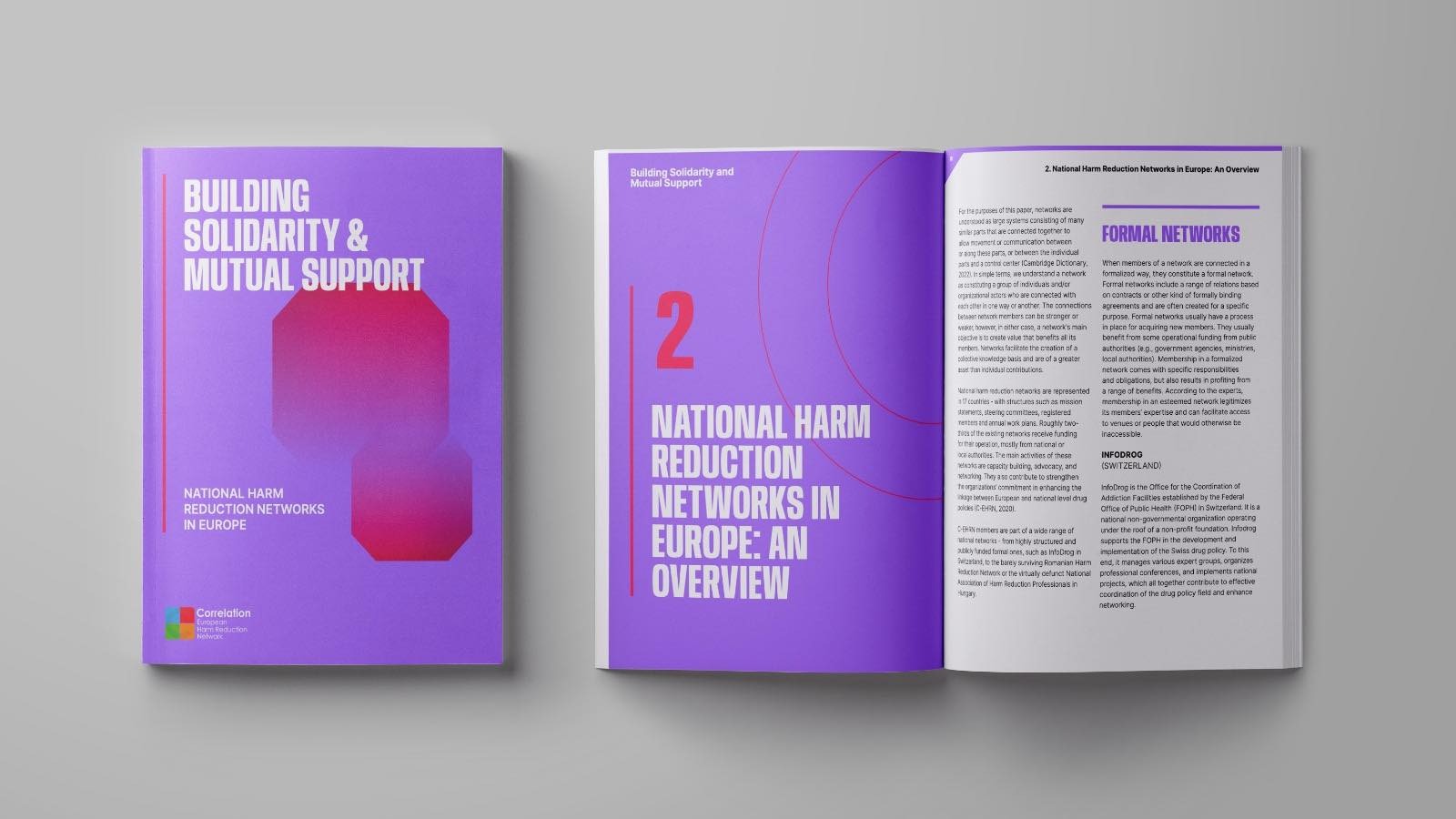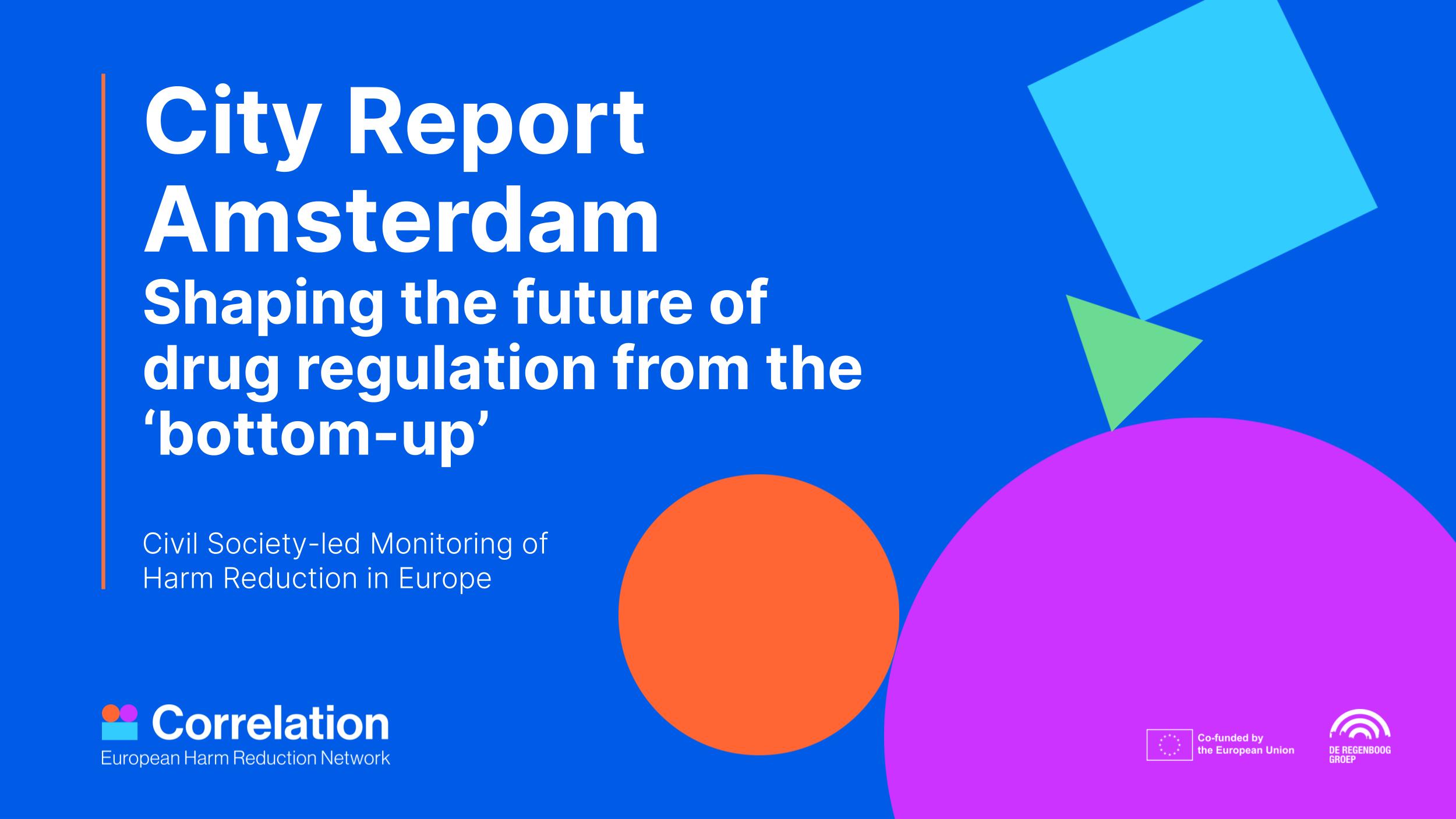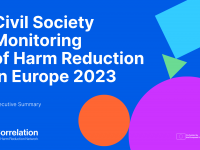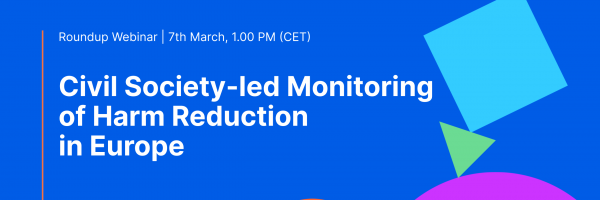


National harm reduction networks are represented in 17 countries – with structures such as mission statements, steering committees, registered members and annual work plans. Roughly two-thirds of the existing networks receive funding for their operation, mostly from national or local authorities. The main activities of these networks are capacity building, advocacy, and networking. They also contribute to strengthening the organisation’s commitment to enhancing the linkage between European and national-level drug policies.
Many civil society organizations, such as various service providers and groups of people who use drugs, seek to shape the development of drug policy at both the national and international levels. The existence of networks brings numerous benefits and added value to the harm reduction field. Networks are best positioned to transmit to governments and decision-makers information on work carried out by organisations, including the needs and challenges faced by people who use drugs.
Read the full publication here.


C-EHRN is proud and grateful to present its 2023 Network Report, providing a summarised version of the activities undertaken last year. In this document, we are looking back at a year full of tasks, challenges and opportunities.
Multiple authors

Multiple authors


Multiple authors


Multiple authors



